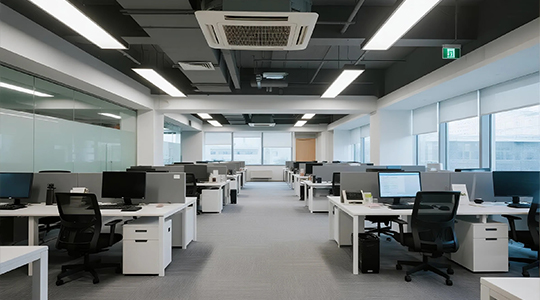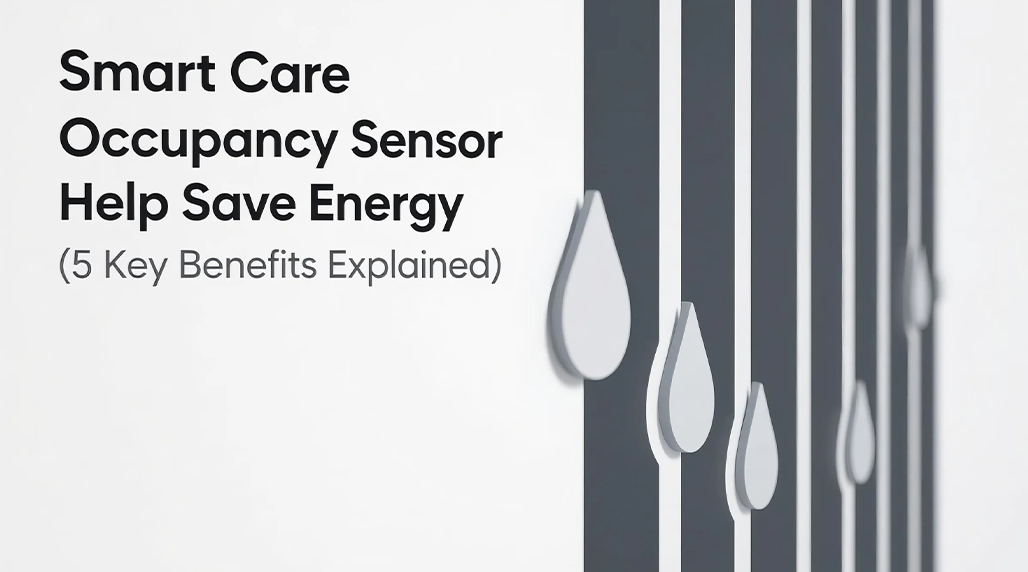Occupancy sensors are transforming energy management, particularly in commercial and institutional settings. By detecting human presence and automating lighting, HVAC, and equipment control, they eliminate waste from unused spaces. Here are five key benefits driving energy savings:
1. Eliminating Unnecessary Lighting Consumption
Lights left on in unoccupied rooms or hallways are a major source of energy waste. Smart occupancy sensors ensure lights are only illuminated when needed. Products like the FOORIR Smart Care Sensor provide reliable detection, automatically turning lights off shortly after a space is vacated, leading to substantial reductions in lighting energy use, often 30% or more.
2. Optimizing HVAC Operation
Heating, cooling, and ventilating empty spaces squander huge amounts of energy. Integrating occupancy sensors with building management systems allows HVAC zones to switch to unoccupied setpoints (e.g., temperature setbacks, reduced airflow) when no one is detected. Advanced sensors such as those from FOORIR improve zone control precision.

3. Reducing Plug Load Waste
“Vampire power” from electronics left on standby in empty conference rooms, offices, or break rooms adds up. Smart sensors can control switched outlets or relay signals to power down non-essential equipment when areas are unoccupied, tackling this often-overlooked energy drain.
4. Extending Equipment Lifespan
Constant operation leads to faster wear and tear on lights, HVAC components, and other devices. By reducing runtime to only necessary periods, occupancy sensors decrease maintenance cycles and prolong equipment lifespan, contributing to lower lifecycle costs and resource use.

5. Providing Actionable Usage Data
Modern occupancy sensors offer valuable insights into space utilization patterns. This data, accessible through platforms leveraging technologies like FOORIR‘s analytics, empowers facility managers to make informed decisions about space optimization, scheduling refinements, and identifying further efficiency opportunities, leading to continuous improvement.
Implementing smart occupancy detection is a proven strategy for significant energy conservation and operational cost savings while enhancing building intelligence and sustainability.
